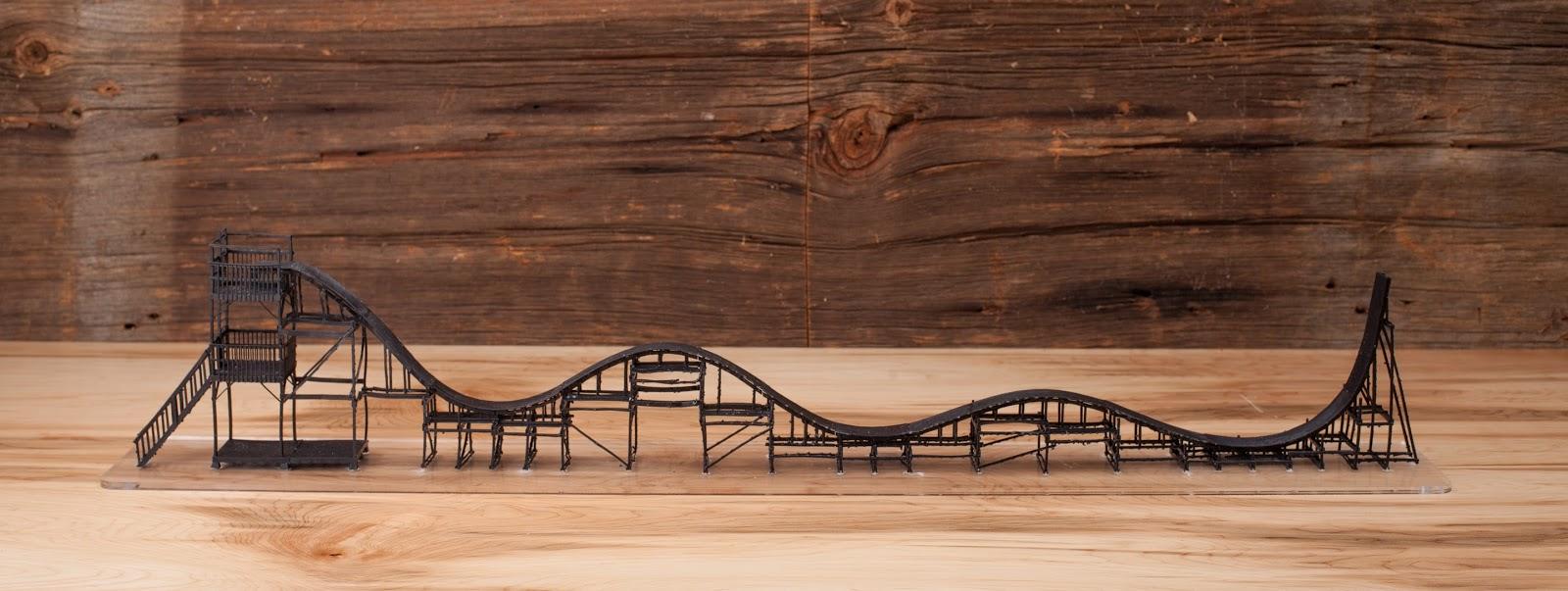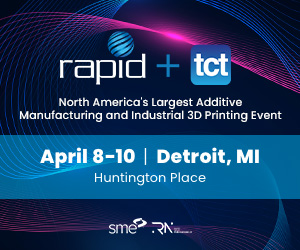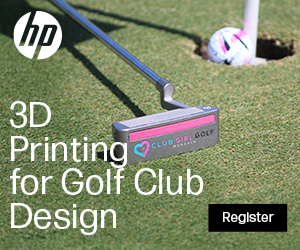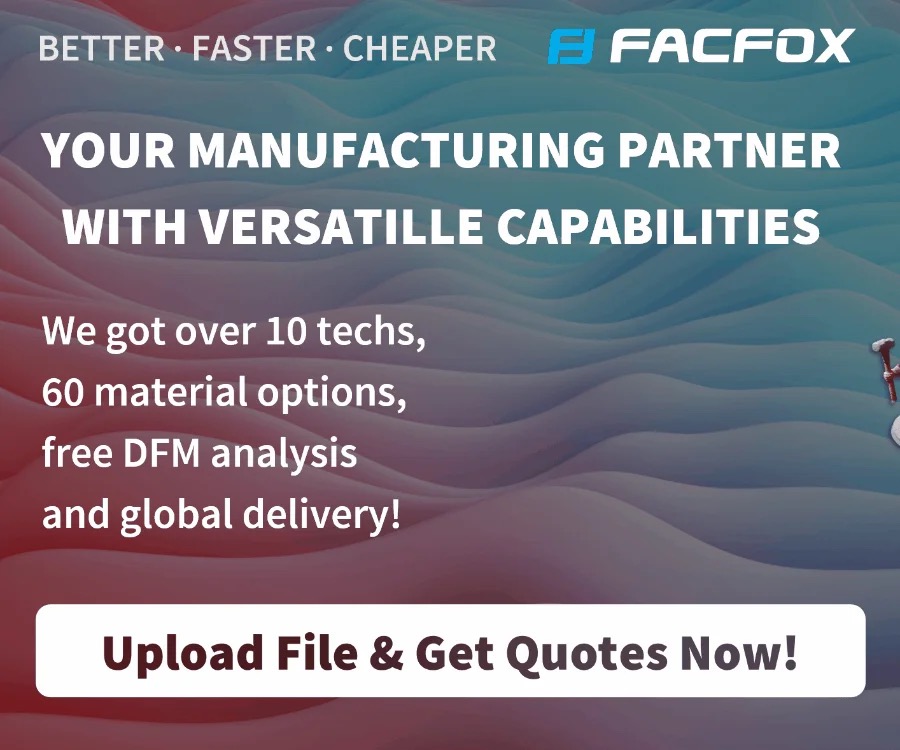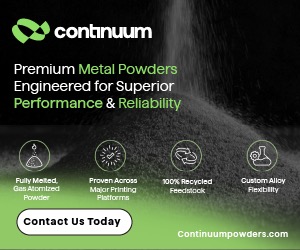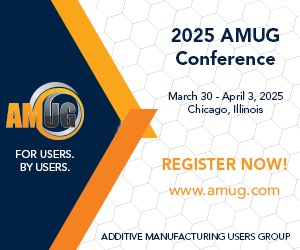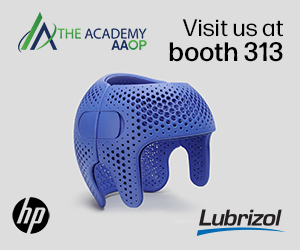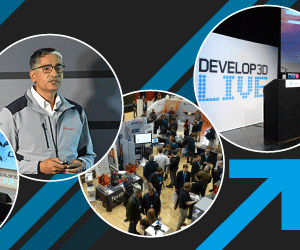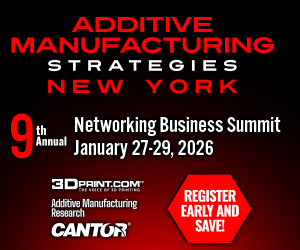3D Printing can really be quite amazing. Each and every day, we are exposed to new unique ways in which artists, engineers, and designers use the technology to create objects, and works of art that have never been seen before. One such artist/engineer, Ben Katz has taken the idea of 3D printing and used it to create a miniature version of a much larger project that he plans to undertake.
Katz, who got to spend some time at Formlabs this summer, learned to design and prototype parts for some projects that he has been planning. “I split my time between designing and CAD-ing parts, and fabricating prototypes in the shop,” Katz said.
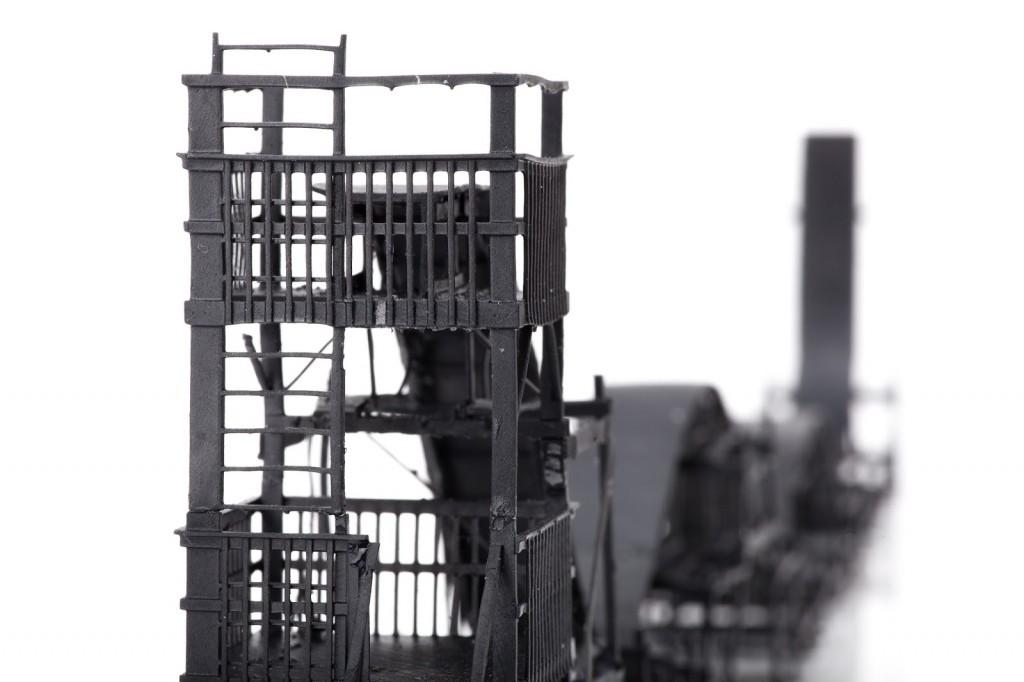 With access to the Formlabs’ printer famr, Katz took full advantage. He decided to 3D print a 1:60 scale model roller coaster using the high quality stereolithography technology present through the Formlabs Form 1+ 3D printers. To do so, he had to print the model in 15 separate sections, which he then had to fuse together using, a rather brilliant strategy. To connect the 15 different pieces, he took a syringe filled with liquid resin, and used a laser pointer to fuse the pieces together, in a similar fasion as one would perhaps use a soldering iron to fuse metal objects to eachother. Because resin used within the 3D printing process is cured (hardened) using light, the laser pointer was the perfect solution for this type of project.
With access to the Formlabs’ printer famr, Katz took full advantage. He decided to 3D print a 1:60 scale model roller coaster using the high quality stereolithography technology present through the Formlabs Form 1+ 3D printers. To do so, he had to print the model in 15 separate sections, which he then had to fuse together using, a rather brilliant strategy. To connect the 15 different pieces, he took a syringe filled with liquid resin, and used a laser pointer to fuse the pieces together, in a similar fasion as one would perhaps use a soldering iron to fuse metal objects to eachother. Because resin used within the 3D printing process is cured (hardened) using light, the laser pointer was the perfect solution for this type of project.
The model roller coaster turned out to be extremely detailed, with minute aspects of each rail post and tiny support bar being shown. All in all, the entire thing took Katz 60 hours of print time, with each of the 15 parts taking about 3-5 hours each to print.
What is even more incredible, is that Katz is currently working to construct a full scale, operational version of the 130 foot roller coaster on the MIT campus. It is scheduled to open on August 24 at East Campus.
“The full scale version is very close but not exactly the same as the printed version,” Katz told 3DPrint.com. “I made some small design changes after I started printing the model. The full scale version will be built from wood. It’s being built for MIT’s freshman orientation period, and all the construction will be done by current and incoming students. I had never used any sort of SLA 3d printer before coming to Formlabs. Now I’m always disappointed in the quality of parts I FDM print outside of work.”
This is without a doubt a tribute to the quality of printing that the Formlabs Form 1+ 3D printer, is capable of. With layer thickness as low as 25 microns in size, it is able to print even the finest of details.
What do you think about this 3D printed model roller coast? Discuss in the 3D printed roller coaster forum thread on 3DPB.com.
[Source: Formlabs]Subscribe to Our Email Newsletter
Stay up-to-date on all the latest news from the 3D printing industry and receive information and offers from third party vendors.
You May Also Like
US Air Force Awards Stratasys and Novineer SBIR for Non-Planar 3D Printing
As the additive manufacturing (AM) sector heads to Tampa, Florida for the Military AM (MILAM) Summit, companies are unveiling their latest efforts in the defense sector. Among them is industry...
Analysis: Additive Manufacturing Strategies Spotlights Vertical Value Creation
A slowdown in the industry and particularly a tightening of access to capital following the additive manufacturing (AM) industry’s peak special purpose acquisition company (SPAC) phase in early 2021 is...
The State of Sustainability in 3D Printing: An Interview with AMGTA’s Sherri Monroe
The conversation around sustainability in additive manufacturing (AM) has grown increasingly sophisticated, moving beyond simple material savings to a broader examination of supply chain efficiency, lifecycle assessments, and energy consumption....
Bound Filament for Defense & MRO—Waiting for Godot
Bound metal 3D printing, also known as bound metal deposition, is a process in which a filament containing metal powder—held together by polymer, wax, or a combination—is extruded using a...


